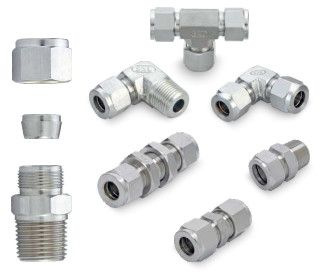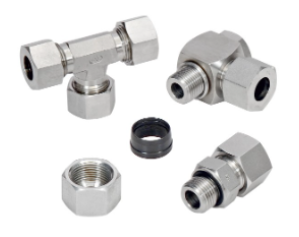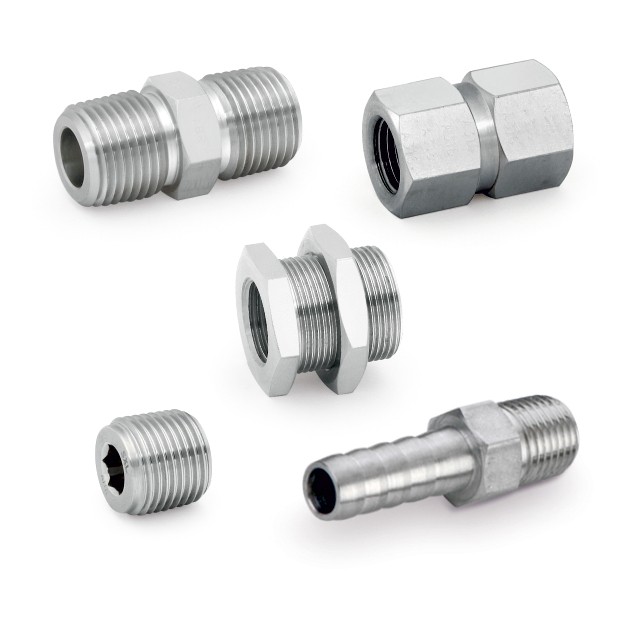What You Should Know About Push to Connect Air Fittings?
March 20, 2020Single And Double Ferrule Fitting
March 20, 2020Stainless steel (SS) is an alloy of steel -itself an alloy of iron and carbon – with a minimum of 10.5% chromium content. Carbon steel rusts readily when 
Hence SS alloys are used widely in precision pipe fittings. SS pipe fittings suppliers find a great deal of demand for their products across many industries. Let us have a look at SS and its properties:
Characteristics
Stainless steel is notable for its corrosion resistance as mentioned above. It does not easily corrode, rust or stain in the presence of air or water. It does not need paint or other surface finishes for protection. SS is durable, long lasting, low maintenance, and lustrous making it an ideal material for many applications.
Uses
Stainless steel is used where the strength of steel and corrosion resistance are required.
- It is widely used for food handling and cutlery such as knives.
- It is used in household hardware and appliances
- It is used to make surgical instruments
- It is used to make industrial equipment
- It is used as an automotive and aerospace structural alloy
- It is used in construction material
- It is used to transport water, food and beverages
- It is used in commercial kitchens and food processing plants, as it can be steam-cleaned and sterilized easily.
- It is used on roofs of airports
Types of SS alloys
SS pipe fittings suppliers use various grades of stainless steel to suit the environment the alloy must operate in. Many other elements such as – molybdenum, nitrogen, manganese, nickel etc. are added –to obtain additional properties. Heat treatment is also done.
Types of stainless steel alloys based on crystalline structure are:
- Austenitic, (200 and 300 series) stainless steels have an austenitic crystalline structure, which is a face-centered cubic crystal structure. Austenite steels make up over 70% of total SS production. They can handle extreme cold.
- Ferritic stainless steels are affordable, are well-suited for engineering purposes, but have reduced corrosion resistance. They have a body-centered cubic crystal system
- Martensitic stainless steels are very strong and can be hardened by heat treatment. They are highly machinable and magnetic.
- Duplex steel stainless steels are a mix of of austenite and ferrite. They are very strong, have resistance to localized corrosion and are affordable.
- Precipitation-hardening martensitic stainless steels are very strong and corrosion resistant.
There are over 150 grades of stainless steel available out of which 15 grades see a lot of industrial use.



